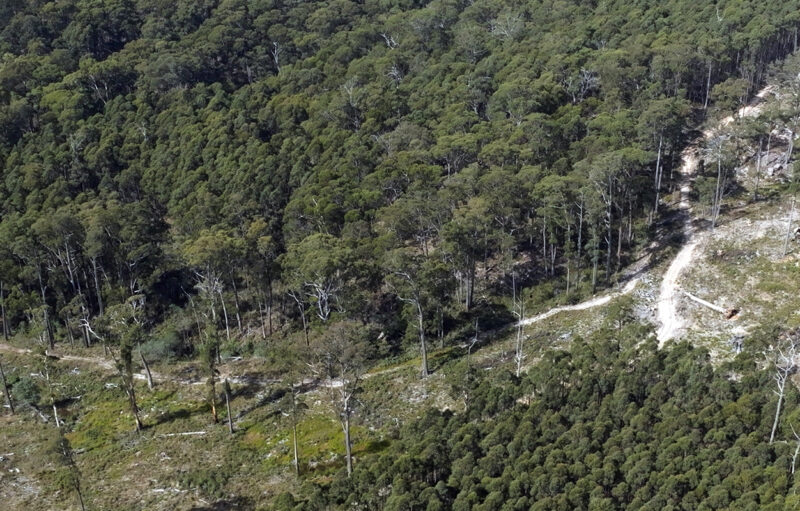PARK WATCH Article March 2024 |
Shannon Hurley explains that with the rejection of the offshore wind terminal at Hastings, now is the perfect time to adopt a new plan for Western Port Bay
In January, a surprisingly good news story hit the front pages. The Federal Environment Minister rejected the Port of Hastings proposal to develop and operate a port facility for the assembly of components of offshore windfarms.
While previous federal environment ministers hadn’t been bold enough to realise their responsibilities under Australia’s threatened species laws, in this case Tanya Plibersek was. Rightfully so, as the proposal risked irreversible damage to the wetlands ecological character including: a key destination for over 20,000 migratory birds flying the East Asia-Australasia flyway; a world-class blue carbon sequestration environment; a globally unique Bryozoan reef; and home to the largest shearwater, fur seal and penguin colonies in the world.
While we all know the transition to renewable energy is rapidly required, the Port of Hastings rejection is a bracing wakeup call that nature needs caretaking throughout the energy transition.
The decision highlights how the Victorian Government overlooked its duty to protect an internationally significant wetland (being both a Ramsar-listed wetland and a UNESCO Biosphere Reserve) at the expense of meeting climate targets. It also highlights the setbacks to meeting climate targets in the absence of upfront marine spatial planning (MSP).
But this is not just about offshore wind. Whether or not Victoria’s Energy Terminal is destined for Western Port, this ecologically, socially and culturally significant wetland is worthy of proper planning and protection. This is further justified by the latest Victorian State of the Environment Report, which says wetlands (along with grasslands) are deteriorating when compared to other relatively stable ecosystems.
This is not surprising, with Western Port’s wetlands constantly subjected to inappropriate and ill-thought-out development proposals, inconsistent planning, inadequate oversight and monitoring, and poor accountability and governance.
Together with the Western Port Biosphere Foundation, Save Western Port and Phillip Island Conservation Society, we have led the development of the Western Port Bay Framework to see proper planning undertaken.
Refresher on the Framework
The Western Port Bay Framework is made up of three core elements: a new plan, a partnership to develop the plan, and a fund to make both happen.
A marine spatial plan would guide organising, management and decision-making. It would bring together Traditional Custodians, government, ecologists, managers, community, industry, tourism and recreation to coordinate Western Port’s current and future challenges.
Due to Western Port Bay’s regional scale, it is a well-suited candidate for marine spatial planning. It is Victoria’s second largest bay, but does not have an Environmental Management Plan like neighbouring Port Phillip Bay. It’s also subject to multiple fossil fuel and renewable energy proposals, has declining ecological health with shores that are experiencing the fastest growth of anywhere else in the state.
The plan is not merely a ‘nice to have’, but a requirement under the Marine and Coastal Act 2018 and the Marine and Coastal Strategy. They state the need to strategically plan and manage industry use and development in the marine and coastal environment in a coordinated way to:
- Provide for industry uses in appropriate locations (preferably on private land).
- Minimise impacts and risks to the marine and coastal environment.
- Appropriately manage competing or conflicting uses.
- Facilitate coexistence and co-location of compatible uses.
The Marine and Coastal Strategy specifically states that the MSP framework applies to the Victorian Offshore Wind Strategy. It also says an MSP must be identified and undertaken for an area between 2023-27.
If Western Port Bay isn’t the perfect fit to pilot Victoria’s first marine spatial plan, we don’t know what is!
We call on the Victorian Government to adopt the Western Port Bay Framework and pilot the development of first MSP for Victoria. This is a perfect opportunity for those charged with protecting nature in Victoria to fulfil their commitments under the Marine and Coastal Strategy.
- Read the latest full edition of Park Watch magazine
- Subscribe to keep up-to-date about this and other nature issues in Victoria
- Become a member to receive Park Watch magazine in print
